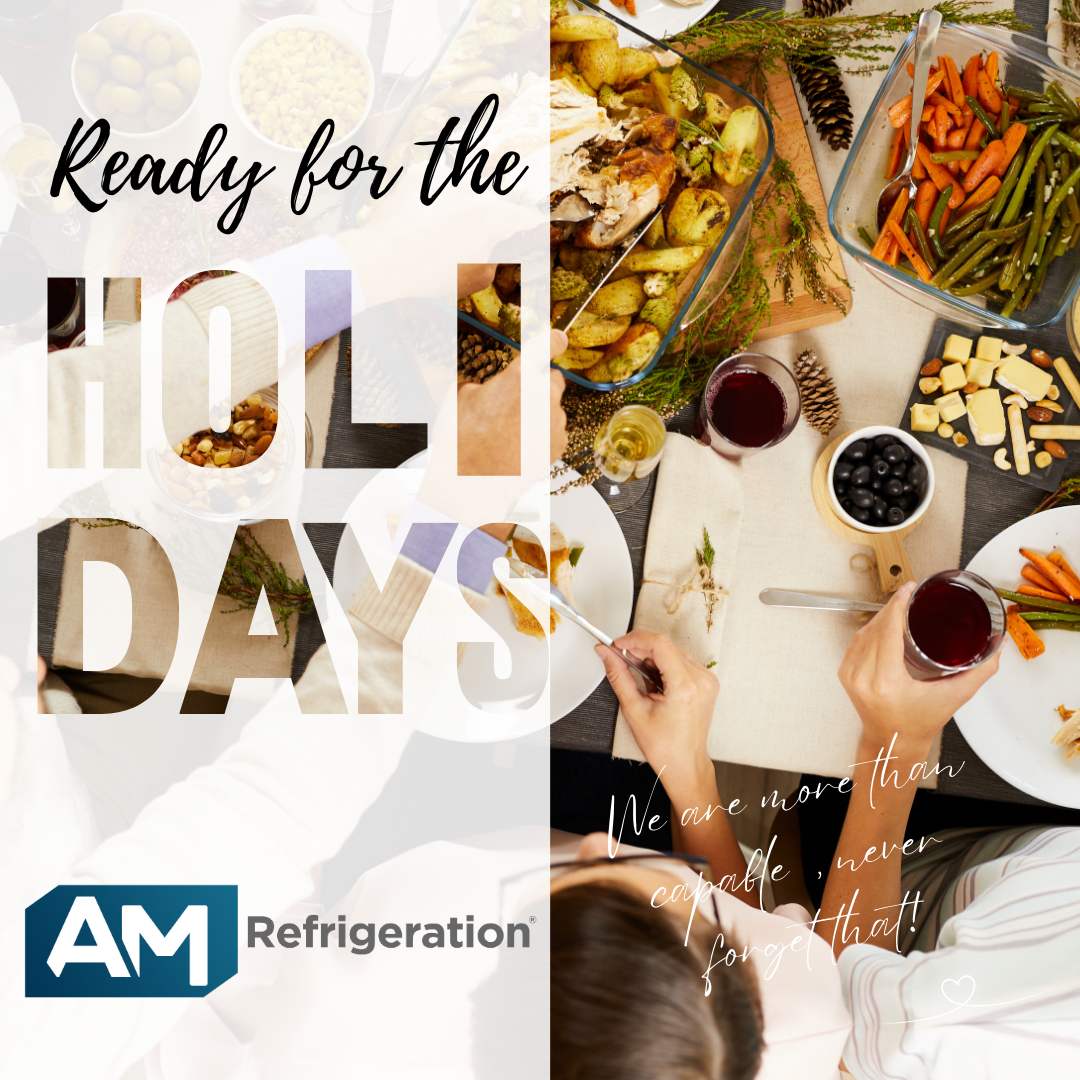How Grocery Stores Optimize Their Commercial Refrigeration

As the holiday season approaches, grocery stores ramp up their efforts to ensure that shelves are stocked with seasonal favorites and that perishable items are stored safely and efficiently. One of the most critical aspects of this preparation is the optimization of commercial refrigeration systems. Here’s a behind-the-scenes look at how grocery stores prepare to handle the increased demand for holiday foods.
1. Inventory Assessment and Planning
Before the holiday rush begins, grocery stores conduct a thorough assessment of their inventory needs. This involves analyzing past sales data to anticipate which items will be in high demand, such as turkeys, hams, and seasonal produce. With this information, stores can adjust their refrigeration capacity accordingly, ensuring they have enough space to store these items safely.
2. System Maintenance and Upgrades
To prevent any issues during the busy season, grocery stores prioritize the maintenance of their refrigeration systems. This includes routine checks of compressors, evaporators, and cooling units to ensure everything is functioning efficiently. Some stores may invest in upgrading their systems to more energy-efficient models, reducing energy costs and improving overall performance during peak times.
3. Temperature Monitoring and Control
Maintaining the proper temperature is crucial for food safety, especially during the holidays when perishable items are in high demand. Many grocery stores implement advanced temperature monitoring systems that provide real-time data. These systems alert staff to any fluctuations that could compromise food safety, allowing for immediate action to prevent spoilage.
4. Strategic Layout and Organization
The layout of refrigeration units is carefully planned to maximize efficiency. Stores will often rearrange their displays to ensure that high-demand items are easily accessible, while also providing ample space for storage. This organization helps streamline inventory management, making it easier for employees to restock items quickly.
5. Training Staff for Holiday Operations
As the holiday season can be hectic, grocery stores invest time in training their staff on best practices for handling and storing food. This training includes proper techniques for loading and unloading refrigerated items, understanding temperature controls, and recognizing signs of potential equipment failures. Well-prepared staff can help maintain a smooth operation during busy periods.
6. Sustainability Considerations
Many grocery stores are increasingly focused on sustainability. This includes optimizing their refrigeration systems to reduce energy consumption and minimize waste. By using energy-efficient refrigeration units and implementing practices such as regular maintenance and proper food rotation, stores not only help the environment but also reduce operating costs.
The holiday season brings a surge in demand for perishable foods, and grocery stores must be prepared to meet this challenge head-on. By taking proactive steps to optimize their commercial refrigeration systems, they ensure that customers can enjoy fresh, safe holiday foods. As you stock up for your celebrations, take comfort in knowing that the grocery stores are working diligently behind the scenes to keep everything running smoothly. Happy holidays and happy shopping!
